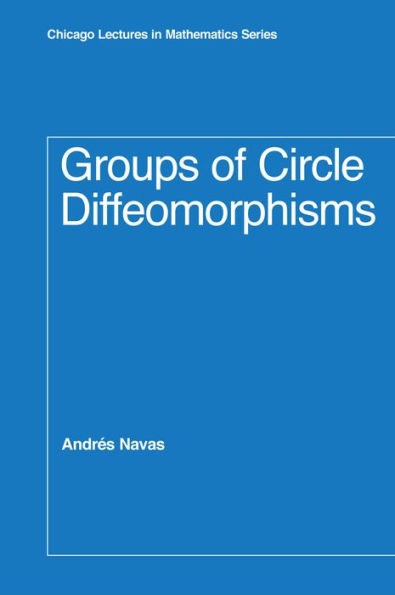5
1
9780226569512


Groups of Circle Diffeomorphisms available in Hardcover

Groups of Circle Diffeomorphisms
- ISBN-10:
- 0226569519
- ISBN-13:
- 9780226569512
- Pub. Date:
- 06/30/2011
- Publisher:
- University of Chicago Press
- ISBN-10:
- 0226569519
- ISBN-13:
- 9780226569512
- Pub. Date:
- 06/30/2011
- Publisher:
- University of Chicago Press
56.0
In Stock

Product Details
| ISBN-13: | 9780226569512 |
|---|---|
| Publisher: | University of Chicago Press |
| Publication date: | 06/30/2011 |
| Series: | Chicago Lectures in Mathematics |
| Pages: | 312 |
| Product dimensions: | 6.20(w) x 9.10(h) x 0.90(d) |
About the Author
From the B&N Reads Blog
